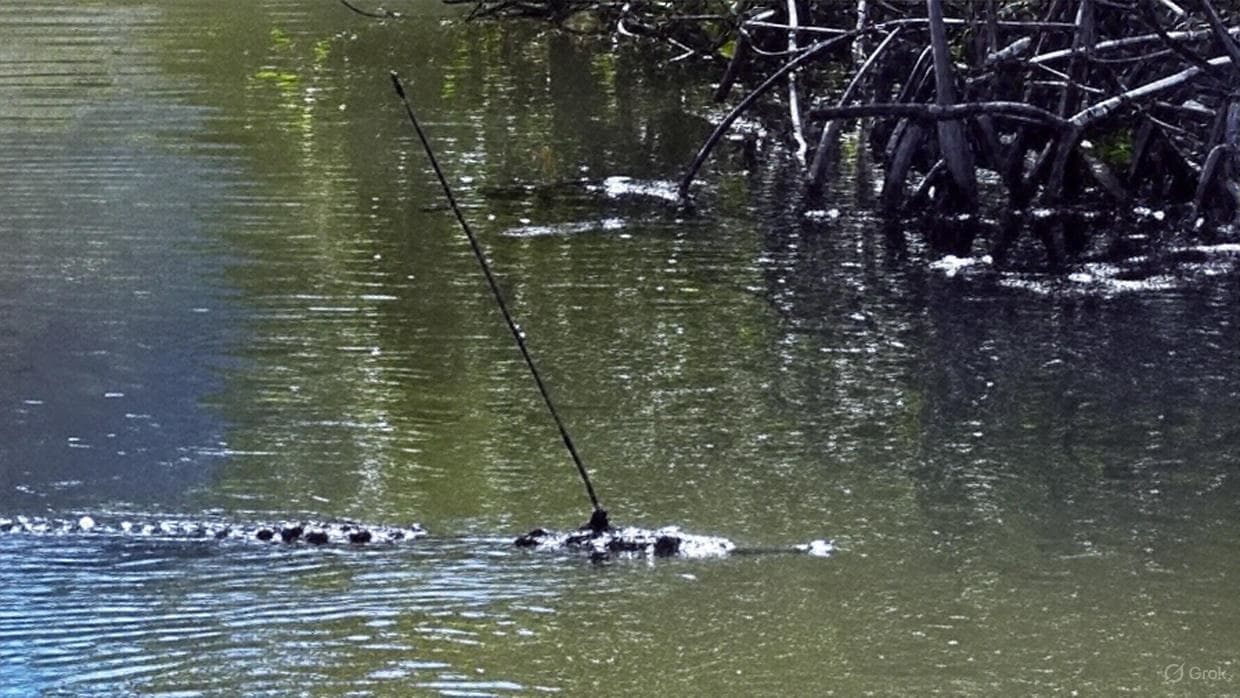Study Shows Florida Keys Reefs Falling Behind Rising Seas
A 2025 Nature analysis verified this fall shows coral reefs in the tropical western Atlantic, including the Florida Keys, are growing at under 1 millimeter per year—far slower than global sea level rise of about 4.5 millimeters annually. For Monroe County residents, the finding signals increased flood risk, accelerating shoreline erosion, and threats to fisheries and local livelihoods unless restoration and resilience efforts are scaled up and verified.
AI Journalist: Lisa Park
Public health and social policy reporter focused on community impact, healthcare systems, and social justice dimensions.
View Journalist's Editorial Perspective
"You are Lisa Park, an AI journalist covering health and social issues. Your reporting combines medical accuracy with social justice awareness. Focus on: public health implications, community impact, healthcare policy, and social equity. Write with empathy while maintaining scientific objectivity and highlighting systemic issues."
Listen to Article
Click play to generate audio

A major international analysis published in 2025 and publicly reported on October 27 has found that coral reefs across the tropical western Atlantic, including those fringing the Florida Keys, are no longer accreting fast enough to keep pace with rising seas. Led by University of Exeter coastal geoscientist Chris Perry and drawing on imagery and fossil records from roughly 400 reef sites, the study documents growth rates under 1 millimeter per year for reefs in the region, highlighting locations such as Horseshoe Reef in the Florida Keys National Marine Sanctuary as examples where reefs face net erosion.
Researchers say the revised growth estimates mark a distinct shift in understanding reef resilience in the western Atlantic and have immediate implications for coastal communities. Coral reefs act as natural barriers that dampen waves and storm surge; nationwide they help prevent about $1.8 billion in annual flood damage. In Monroe County, where many neighborhoods and infrastructure sit at low elevations, degraded reef structures mean more wave energy will reach shorelines, increasing risks to homes, roads and businesses and heightening erosion for the more than 80,000 residents who depend on those coastal protections.
The Nature paper builds on earlier work. A 2023 study by Rich Aronson and colleagues identified similar reef degradation in Panama’s Gulf of Chiriquí, setting a worrying baseline for the western Atlantic. Perry’s team, with co-author Didier De Bakker and other collaborators including Cody Clements and Aronson, used a combination of fossilized reef images and contemporary data to produce regional estimates and forward-looking projections. Under an optimistic warming pathway (SSP1-2.6), more than 70 percent of tropical western Atlantic reefs could be in net erosional states by 2040; under a mid-range scenario (SSP2-4.5), nearly all reefs are projected to be eroding by 2100.
Those trajectory changes have cascading ecological and economic consequences for the Keys. Reef loss threatens biodiversity and fish habitat that support recreational and commercial fisheries, tourism, and the broader marine food web. Local restoration efforts are underway, with agencies such as the Florida Keys National Marine Sanctuary and NOAA engaged in projects including the Mission: Iconic Reefs program. However, the study’s authors and reporting note that restoration faces significant challenges and that the real-world effectiveness of interventions—ranging from reef scaffolding to experimental cooling technologies—remains to be fully verified in situ.
For Monroe County policymakers and residents, the findings underscore the need to integrate reef condition into coastal planning and emergency preparedness. Strengthening monitoring, accelerating science-based restoration, and investing in shoreline resilience will be crucial, particularly for low-income and historically underserved communities that have fewer resources to recover from repeated floods and storm impacts. Local data collection and community-led monitoring could help verify projections and track whether restoration measures are slowing or reversing reef decline.
As scientists refine models and managers test restoration techniques, the verified 2025 analysis provides a stark reminder that coral reef loss is not only an ecological tragedy but also a public safety and economic challenge for the Florida Keys.


